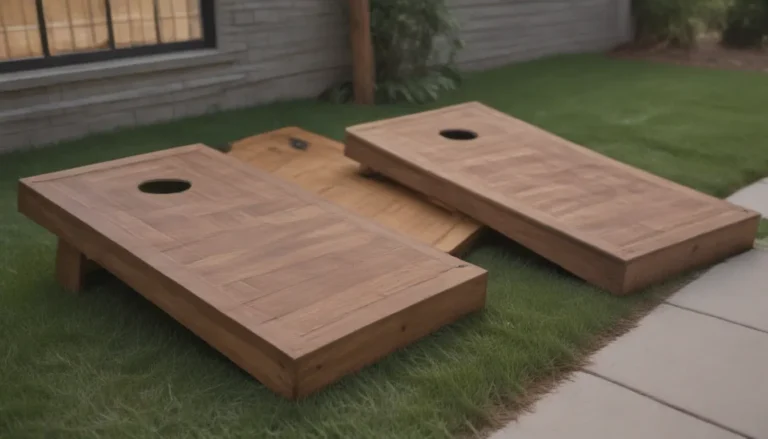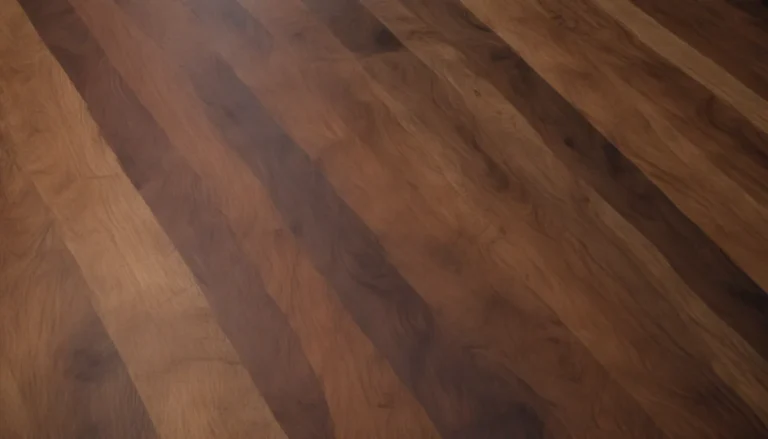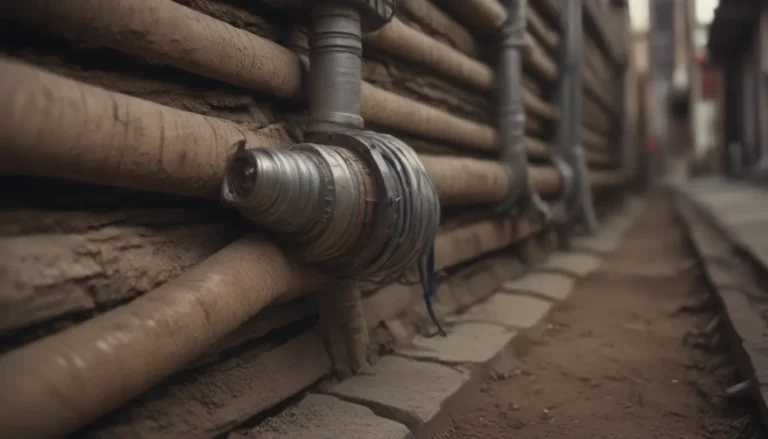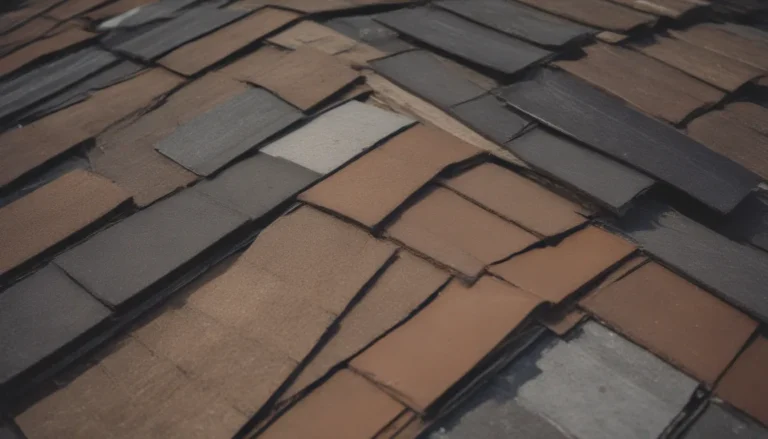Understanding Tongue and Groove Flooring: A Comprehensive Guide

If you’re considering new flooring for your home, you may have come across the term “tongue and groove flooring.” But what exactly is it, and why should you consider it for your project? In this comprehensive guide, we will dive deep into everything you need to know about tongue and groove flooring.
What Is Tongue and Groove Flooring?
Tongue and groove flooring is a type of wood flooring known for its durability and ease of installation. The floorboards are designed with protruding tongues and concave grooves that fit together seamlessly, much like a puzzle. This interlocking design ensures a snug fit between the boards, creating a tight and solid seam that allows for some flexibility during and after installation.
The concept of joining tongue and groove materials has been around for many years, with the first hardwood tongue and groove flooring being created in 1885 with the invention of the side matcher, a machine that transforms wooden planks into floorboards. This method is commonly used with wood floorboards, sheet paneling, wainscot, and other materials where a secure seam is essential.
Pros and Cons of Tongue and Groove Flooring
Before deciding on tongue and groove flooring for your project, it’s essential to weigh the pros and cons:
Advantages
- Tight Seams: The interlocking design of tongue and groove flooring creates tight seams that help prevent moisture infiltration.
- Water-Tight: The snug fit between the boards makes tongue and groove flooring water-resistant, making it suitable for areas prone to moisture.
- Lower Cost: Tongue and groove flooring is often more affordable than other types of flooring materials.
Disadvantages
- Tough to Fit: Installing tongue and groove flooring can be challenging and time-consuming due to the precision required for a proper fit.
- Breakage: The delicate nature of the tongue and groove system can lead to breakage during installation if not handled carefully.
- Permanent Installation: Once tongue and groove flooring is installed, it can be challenging to remove or replace individual boards.
Tongue and Groove vs. Lock and Fold Flooring
When it comes to choosing flooring, you’ll often encounter two installation methods: tongue and groove and lock and fold flooring.
Basic tongue and groove joinery involves horizontal insertion of the tongue into the groove, followed by securing the boards with glue, nails, or staples attached to the subfloor. This method is suitable for more permanent installations where movement is minimal.
Lock and fold (or click lock) flooring, on the other hand, is a newer and increasingly popular installation method for laminate and engineered wood. This floating floor system allows boards to connect without the need for adhesive or fasteners, attaching only to each other and not the subfloor. Lock and fold flooring offers easier installation and the flexibility to remove and replace boards as needed.
How to Install Tongue and Groove Floors
If you decide to install tongue and groove flooring in your home, here are some essential tips to ensure a successful installation:
- Use underlayment to reduce squeaking and movement of the floorboards, especially in quiet areas like bedrooms.
- Secure the boards to the subfloor using construction glue, nails, or staples.
- In older homes without a subfloor, attach tongue and groove flooring directly to the joists.
- Be prepared for higher professional labor costs for tongue and groove flooring compared to lock and fold systems.
- Consider ordering extra flooring to account for any fitting issues that may arise during installation.
While tongue and groove flooring can be a DIY project, it requires careful attention to detail and patience to ensure a proper fit and secure installation.
In conclusion, tongue and groove flooring offers a classic and durable flooring option for your home. By understanding the pros and cons of this installation method and comparing it to lock and fold flooring, you can make an informed decision for your next flooring project.





